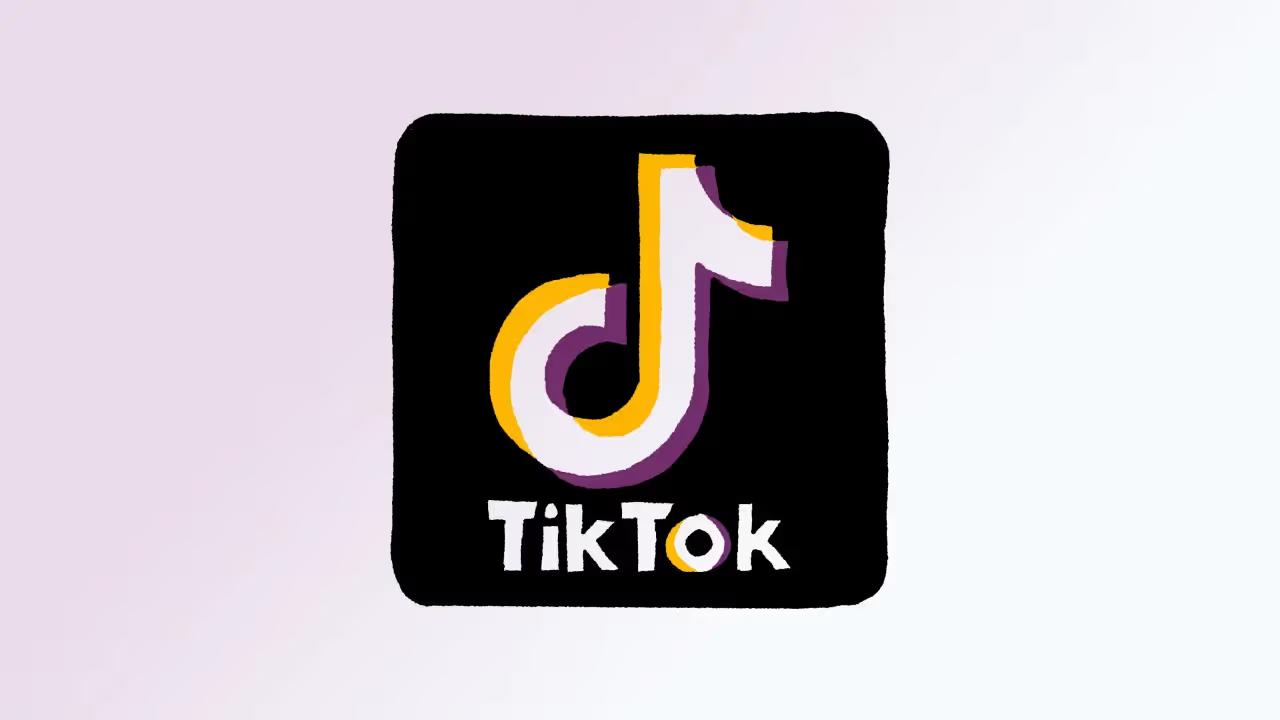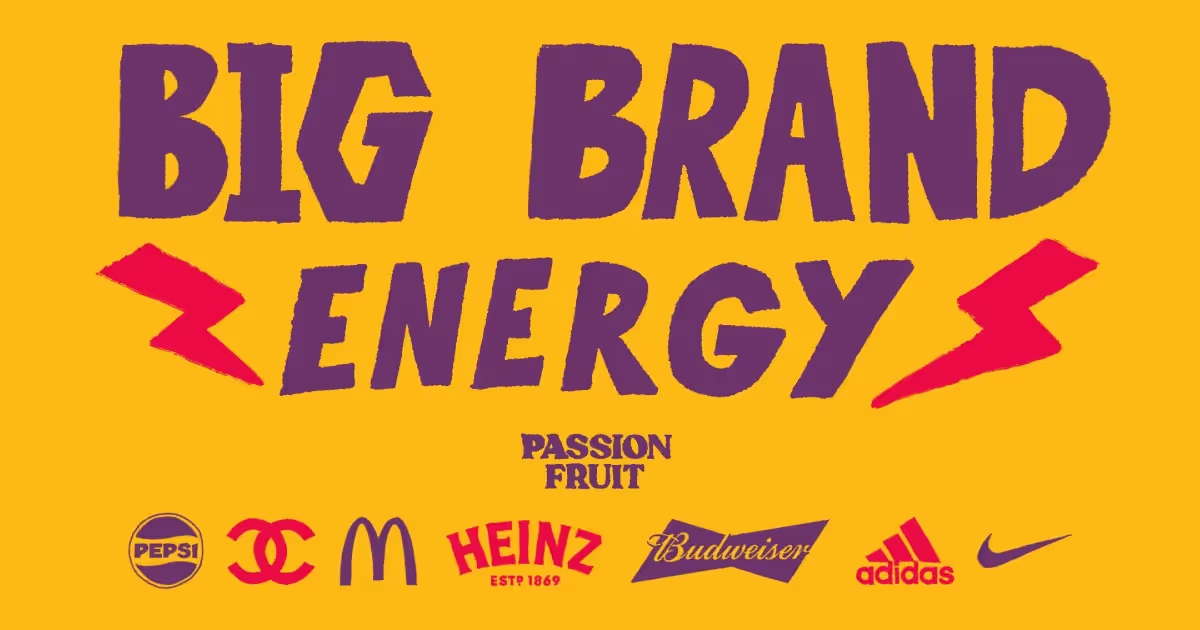It's no secret that TikTok's popularity continues to explode, which is in large part due to its clever, user-focused algorithm improvements. TikTok's evolving algorithm flips the script on the assumption that it's tougher for start-ups and small businesses to succeed on social media than larger, consumer brands. Instead, it actually levels the playing field, giving them a fair shot against established consumer brands.
Unlike other social platforms, TikTok is an egalitarian space where start-ups, small businesses, and B2Bs can thrive. But how, you ask? Keep reading to learn more about TikTok's unique algorithm, what its evolution means for start-ups on the platform and why those who aren't should consider joining.
TikTok’s Unique Algorithm

TikTok, like other social platforms, remains tight-lipped about its algorithm. However, users have noticed shifts in content consumption since early 2023 updates, indicating significant changes to how content is experienced on the platform. Previously, a user's TikTok feed favoured content based primarily on its overall popularity or relevance.
However, TikTok's algorithm has since shifted towards a concerted effort to create a more personalized user experience by providing more tailored recommendations on their For You page. This means a user's interests and activity levels within specific topics or categories, directly affect the types of posts or content they’re presented with. In addition, as they continue to like and engage with different TikTok videos, the AI-based algorithm uses machine learning to better understand the user's content preferences and serve them more relevant content as a result.
This targeted content delivery can help start-ups reach their desired audience more effectively and increase their chances of gaining visibility and traction. Additionally, the algorithm's ability to level the playing field allows start-ups to compete with established consumer brands, as their content has an equal opportunity to be discovered and appreciated by users.
Content is king
To accommodate this shift, all brands - regardless of their size or category - must focus on creating content that sparks conversation and engagement vs. relying solely on brand name recognition or mass awareness.
Content is once again king, and therefore understanding who your target audience is on a human level - whether they're a potential client scrolling through their For You Page while commuting on the train or an investor exploring the app for the first time - is the key to having them engage with your content and consequently see more from you in the future. Creating videos, photos, and posts that are creative, informative, humorous, and, most of all, relevant to your users is essential to staying ahead of the algorithm - and doing so will reap the rewards.
Leveraging the power of hashtags
Another essential element for start-ups to consider when creating or adapting their TikTok strategies is properly leveraging hashtags.
While hashtags are just one piece of the puzzle, they do inform how TikTok targets the appropriate audience for each piece of content. This is particularly crucial given how users are increasingly using TikTok as a search engine to find everything from how-to content to product reviews.
There are three primary hashtag categories to consider when posting content:
- Mass awareness hashtags: These popular and evergreen hashtags like #fyp, #lifestyle, and #funny can increase visibility but should be used sparingly to avoid overuse.
- Niche hashtags: Think of these as the Goldilocks of hashtags, particularly regarding TikTok’s algorithm that favours content more tailored to each user. Using niche hashtags appropriately helps attract an audience interested in your content because the content is related to their interests. For example, #productivityhack could be an ideal hashtag for start-ups offering AI tech solutions. #SMB could be used to target small business owners looking for tips and relatable content.
a) To research ideal niche hashtags for your company, you might want to keep an eye on the hashtags that successful companies and creators in your category or field are using.
b) Pro tip: You can also use TikTok’s search function to look up a broad relevant topic (eg: #tech). By scrolling to the right in your search results, you can see related hashtags which can help you discover more niche hashtags for the type of content you’re aiming to engage your audience with.

- Trending hashtags: These are ‘flash-in-the-pan’ hashtags that trend for a finite period of time, usually related to a pop culture moment (#SuccessionTok was a personal fave during this past final season of Succession), a timely event (e.g., #PrideMonth), or a popular TikTok challenge, meme, or filter. Fortunately, TikTok can help do the work for you in researching these hashtags, as they have a page dedicated to just that.
.avif)
But remember, while hashtags can and should be used to increase visibility and join conversations surrounding particular topics or trends, no one likes a spammer. Aim for around five hashtags maximum and experiment with a mix of the different hashtags types above.
Think audience-first
With this new focus on a more personalised feed, start-ups need to think audience-first when it comes to their measurement and analytics. Do this by focusing on the metrics that reveal how engaged your audience is with the content your company is posting, such as video views and engagement rate.
TikTok provides solid metrics on hashtag performance as well, which can be really helpful in understanding which hashtags drive the most engagement with your platform. And of course, tracking conversions is crucial for any start-up using TikTok to drive leads, product sales or app downloads.
But, although the performance marketing gods may smite me for saying this, I’d recommend start-ups and small businesses that are newer on the platform focus on optimising engagement before tackling any lofty sales goals.
Experiment and get creative

Another benefit of TikTok's algorithm and users' overall inclination towards short, creative, and lower-produced content makes it ideal for start-ups and small businesses to experiment, test new content, and learn quickly.
By trying out different types of content, from informative to humorous to relatable, and experimenting with TikTok's creative suite of tools, businesses can quickly gather user feedback to better understand what content resonates the most with their target audience.
Posting consistently (start with a few times a week and increase to daily if possible) and keeping track of user data, including likes, comments, and shares, can give valuable insights into how certain types of content perform compared to others. These insights provide tangible metrics to base future content and campaigns on.
Who’s smashing the TikTok game…

Looking for inspiration? Several start-ups and B2B companies and small businesses are already out there proving that TikTok’s algorithm democratises the platform and that it isn't just built for big consumer brands:
- Notion, a productivity tool for businesses and everyday users alike, creates an eclectic mix of content that leans on humor, behind-the-scenes, and tutorial content to engage users about its benefits and updates.
- Semrush, a content marketing SaaS platform, clearly understands its audience, as evidenced by its highly relatable videos, which also utilize trending sounds.
- Canva, a cloud-based design software tool targeting creators and small businesses, not only illustrates the variety of ways their software makes content creation easier, but even shows off how their own clients are using the product.
- Maddie Green Boutique is a small clothing and accessories boutique based in Austin, TX. The founder, Maddie, started as a one-woman Etsy shop which she ran out of her parents’ basement. Since joining TikTok in 2020, MGB has exploded into a successful e-commerce business. The brand perfectly blends personal and commercial content through relatable videos of Maddie herself and product features.
The blessing in disguise

Social platform algorithm shifts can often create turmoil for start-ups and small business marketers. Still, they tend to be beneficial in TikTok's case as their focus on providing tailored recommendations based on user preferences helps establish equal opportunities for any category or size of the company to succeed.
And, while we hate the V-word (viral, not Voldemort), by understanding your target audience and creating content that prioritizes their attitude, behaviours, and preferences - and being willing to experiment and keep learning - start-ups and small businesses can see success and then some.







